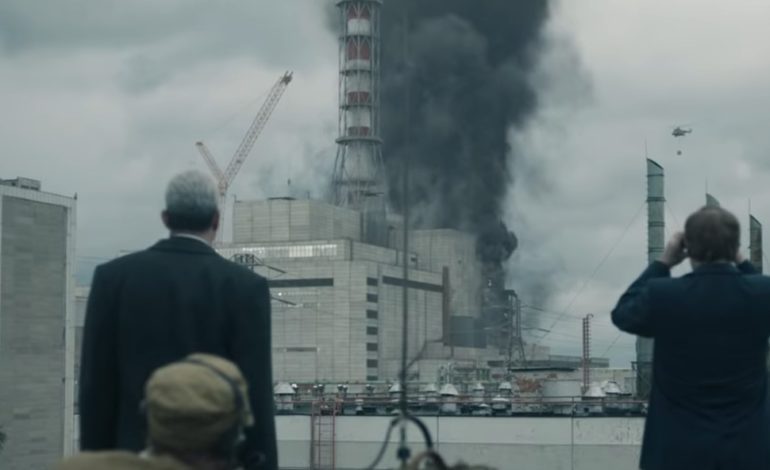

HBO’s latest binge-watch session was centered around the Chernobyl nuclear disaster of April 1986. Chernobyl is nominated for 19 Emmys, the third most nominations after HBO’s Game of Thrones (32) and Amazon Prime’s Marvelous Mrs. Maisel (20). HBO leads for a total of 137 Emmy nominations.
Chernobyl series creator Craig Mazin wanted to create an accurate representation of the nuclear disaster and the aftermath of it all.
“The hardest part for us was the constant desire to be as accurate as we could, faced with certain realities of production schedule and budget,” said Mazin. “We understood that if you’re telling a story that takes place over roughly two or three years in five hours, things are going to have to be altered and compressed. But we tried to do that as little as possible, and we always made note of it so that I could account for it later on in my podcasts.”
The five-part miniseries captured the true essence of how things were like in Soviet life, which was much different than what we had imagined it to be.
“We were aware that we were telling another culture’s story,” said Mazin. “It was important that we, as outsiders, were telling the story from the inside. We weren’t telling a story about people coming in from the outside to rescue or save. We were telling the story of average Soviet citizens and their experience of this incident. We wanted to have moments where people in the West could see that average, daily Soviet life was not necessarily what we were being told it was. There were aspects of Soviet life that were distressing, no question. But people smiled, and children played, and there was joy, and we wanted people to see that.”
Mazin explained how Americans are very aware of what nuclear disasters are and the harm that they can create in our everyday lives. The dangers of this were never discussed amongst the people that lived in that Soviet life.
“It’s a little bit like getting on the Titanic without knowing the Titanic is anything but the name of the boat,” explained Mazin. “It was difficult to present certain aspects of the denial without knocking the audience out of a rhythm. There was some remarkable denial that went on that night. One thing that is important to know is that most people who were living in that town were there because they were part of a support community for the people who worked at the nuclear reactor. They had absolutely no understanding of what nuclear power was or how it functioned or the potential dangers of radiation. That’s a really hard thing for us to wrap our minds around, coming from a country where everything like that is discussed essentially openly.”

